How to Choose the Best Rust Preventative Oil for Metal
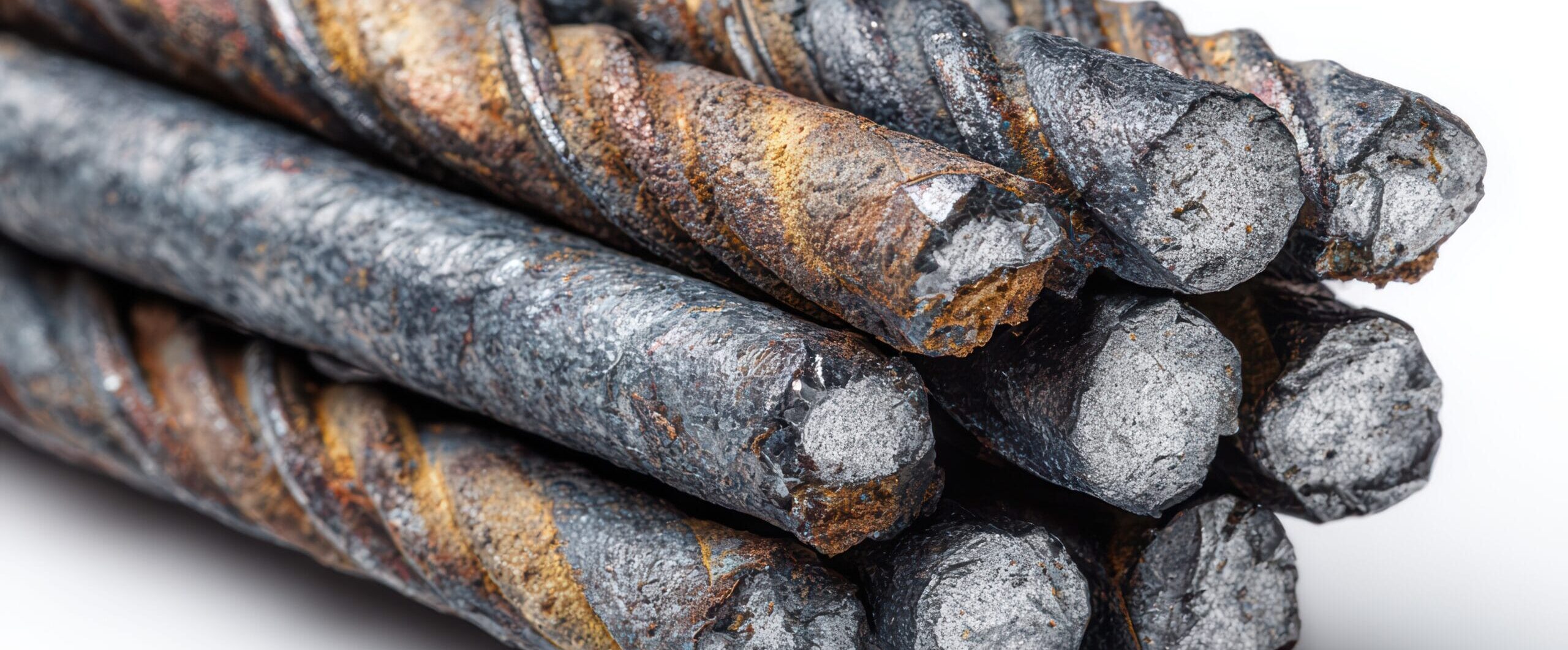
Key Takeaways
- Rust can cause major financial and structural damage across industries.
- Choosing the right rust preventative oil means evaluating environmental exposure, surface type, removal needs, and application methods.
- Presidential Rust Preventative #1 stands out for its balanced protection, removability, and shop-floor ready packaging.
When someone feels a little rusty, they can usually shake it off with practice. For metal parts, this isn’t the case. For heavy machinery, tools, and metal parts in storage, rust is the silent enemy that creeps in when you least expect it. It causes severe or even permanent damage. Choosing the right rust preventative isn’t just about extending the life of your equipment. It’s protecting your investment, your time, and your bottom line. In this blog post, we’ll break down how rust preventatives work, what options are out there, and how to choose the right formula for your specific application.
Why Rust Prevention Matters in Industrial Settings
Rust, the result of oxidation when metal is exposed to moisture in the air, may seem like a surface-level problem, but it can cause serious disruptions. Corrosion weakens structural integrity, compromises precision parts, and can lead to complete equipment failure if left unchecked.
The cost adds up quickly. Rust-related damage can lead to unexpected downtime, expensive rework, rejected parts, and even permanent product loss. In manufacturing and heavy equipment operations, even a small amount of corrosion can halt production or require costly replacements.
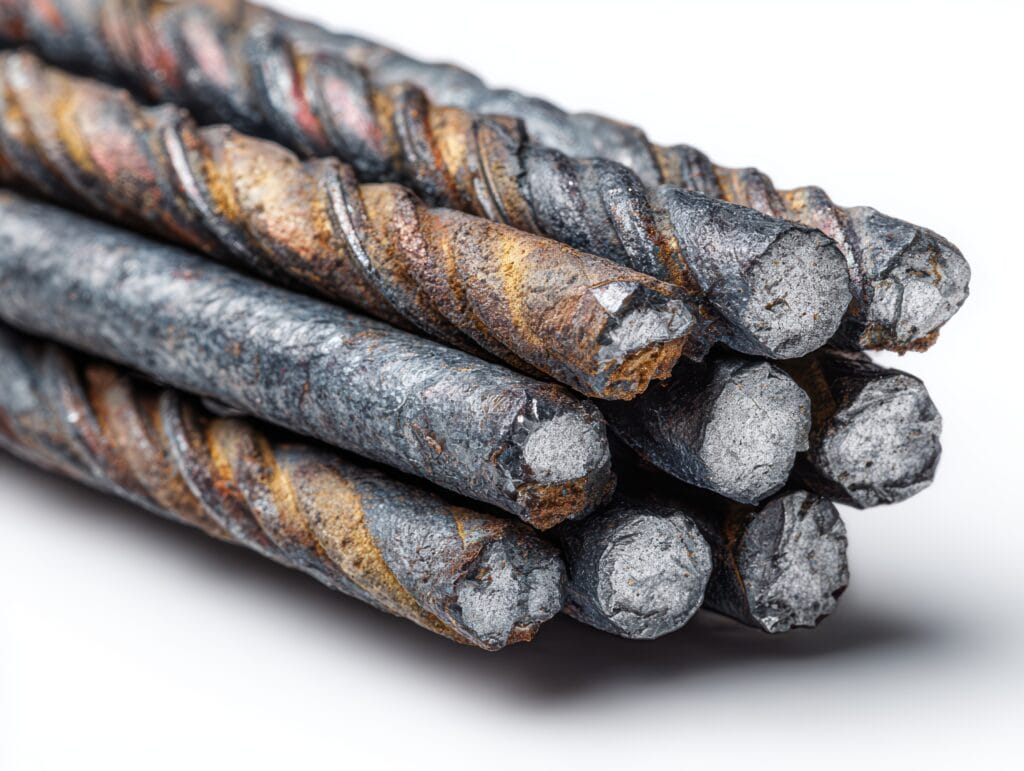
Consider shipping steel across regions with high humidity or storing metal parts over the winter months. Without protection, these parts may arrive covered in rust, forcing production teams to scrap or reprocess materials.
According to the U.S. Department of Energy, corrosion-related issues cost the U.S. economy $276 billion a year (1). Globally, the annual cost of corrosion has hit $2.5 trillion, equivalent to roughly 3.4% of the world’s gross domestic product, according to NACE International (2). Rust prevention is not just a maintenance task, but a critical business strategy, and one that is consistently needed.
What is Rust Preventative Oil?
Rust preventative oil is a specialized protective coating designed to prevent metal surfaces from oxidizing. Unlike traditional lubricants, these oils form a barrier that blocks moisture and corrosive elements, keeping components rust-free during storage, transport, or idle periods. Presidential Rust Preventative is one example of a high-performance oil-based solution that provides reliable protection in industrial settings.
There are several types of rust preventatives available, including oil-based formulas, wax coatings, solvent-based sprays, and even permanent sealants. Oil-type rust preventatives are often preferred in industrial environments. This is due to their ease of application, removability, and compatibility with moving parts and in-process materials. They’re especially useful when long-term bonding or a sticky residue isn’t practical.
Temporary vs. Long-Term Protection
Not all rust preventatives are designed for the same duration of protection. Oil-based products typically offer temporary to medium-term protection. This is ideal for parts that are stored indoors, staged between operations, or shipped in controlled environments. For components exposed to harsh weather or needing year-round coverage, wax-based or permanent sealants might be more appropriate. However, they often require more labor to apply and remove.
Use Cases: Storage, Transit, In-Process Staging
Rust preventative oils excel in three key scenarios:
- Storage: Protect parts sitting on shelves, pallets, or racking from ambient humidity.
- Transit: Shield components from moisture during shipping.
- In-Process Staging: Keep parts corrosion-free between manufacturing steps without impacting downstream operations.
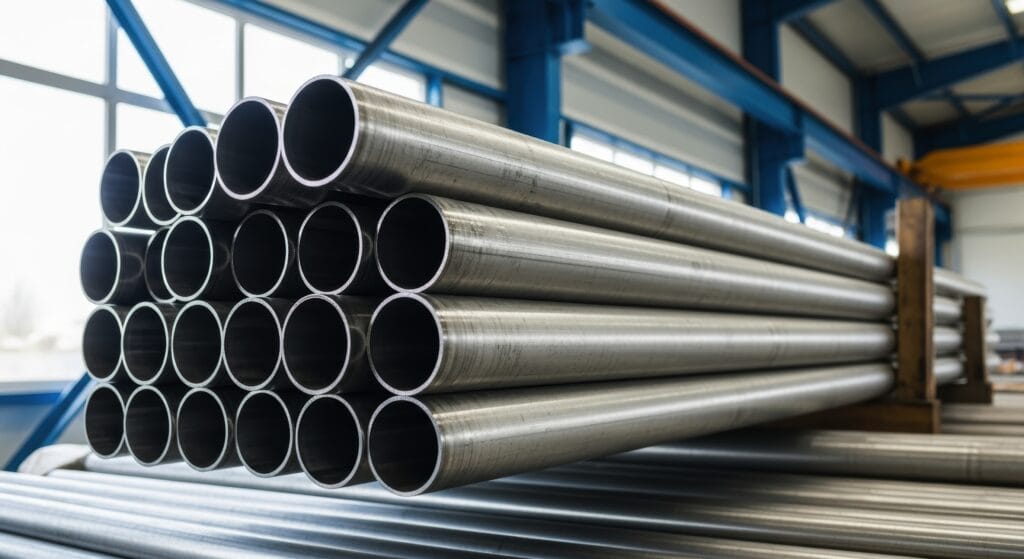
The Importance of Human Safety and Machine Safety
The effects of corrosion don’t only affect metal, but human safety and the safety of machine parts. Some key dangers that come with corrosion according the A&A Coatings include (3):
- High risk of employee injury or injury to the general public
- Loss of industrial equipment’s time availability
- Reduction in the overall value of a building or location
- Pipe blockages and damage
- Environmental damages due to leaking gases or liquids
- Contamination of fluids in pipes or vessels
In all of these use cases, oil-type rust preventatives provide protection, efficiency, and ease of use. This makes them a great choice for manufacturers, maintenance professionals, and hobbyists.
Key Criteria When Choosing Rust Preventative Oil
Selecting the right rust preventative oil depends on a variety of performance factors. From the environment your parts are exposed to, to the type of metal and method of application, understanding these criteria can help ensure long-lasting protection and minimal disruption to your operations.
Viscosity and Film Thickness
The viscosity of a rust preventative oil affects how it spreads and how thick the protective film will be. Thinner oils create a lighter coating that’s easier to remove, while heavier formulas offer longer-lasting protection but may leave behind more residue. Choosing the right viscosity ensures you get the level of protection you need without over-application or waste.
Compatibility with Metal Surfaces (e.g. Cold-Rolled Steel, Cast Iron, Precision Parts)
Not all metals react the same to protective coatings. A high-quality rust preventative should be compatible with a variety of materials including cold-rolled steel, cast iron, and finely machined precision parts. Compatibility reduces the risk of staining, corrosion acceleration, or damage during removal.
Ease of Removal (Solvent-Friendly vs. Paint-Like)
Some rust preventatives can be wiped off with a cloth or rinsed with solvent, while others form a more durable, paint-like coating that requires mechanical removal. If the part will be painted, welded, or further processed, an oil that cleans off easily will save significant time and labor.
Storage and Environmental Resistance (e.g. Humidity, Acidity)
Consider the environment your parts will face. Will they be exposed to fluctuating humidity, acid fumes, or salt air? Choose a rust preventative that can stand up to these specific conditions – especially if your application involves long-term storage or cross-country (or overseas) shipping.
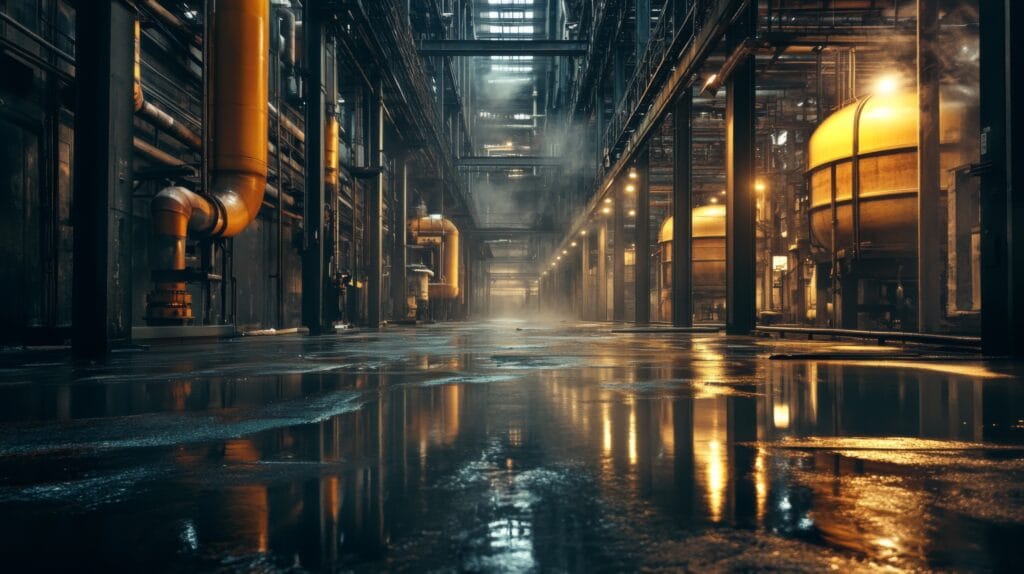
Will the metal sit in a climate-controlled warehouse or are they being stored in an open facility where temperatures and humidity fluctuate daily? These factors can accelerate corrosion and overwhelm weaker coatings. In high-humidity or acidic environments, standard oil or grease may break down quickly, leaving metal surfaces vulnerable. For long-term storage or extended shipping, especially across country borders or via sea freight, you may need a rust preventative that provides both chemical inhibition and a reliable physical barrier.
Look for products specifically formulated for tough conditions, ones that resist water wash-off, neutralize airborne contaminants, and remain stable over time. Choosing the right formula for the right environment not only preserves part integrity, it can also prevent costly surprises when components arrive at their final destination.
Packaging and Application Method (Brush, Dip, Spray)
Whether you’re applying by brush, dip tank, or spray system, choose a product that works with your existing equipment and processes. Some oils are more efficient for large-scale batch dipping, while others are ideal for quick touch-ups with a handheld sprayer.
Non-Staining and Non-Residue Formulas for Appearance Preservation
For components where visual presentation matters, such as consumer-facing parts or high-tolerance assemblies, opt for rust preventatives that won’t stain, discolor, or leave behind a sticky residue.
Looking for options that check all these boxes? Explore Presidential’s full line of rust preventatives and other protective sealants to find the right fit for your application.
Real-World Application: A Look at Presidential’s Rust Oil
When it comes to protecting metal in the real world, not just in theory, Presidential Rust Preventative Oil delivers on every key performance metric. It is purpose-built for one job: protecting metal surfaces from corrosion during storage, transit, or in-process staging, and it does exceptionally well. This oil-type rust preventative combines physical barrier protection with chemical corrosion inhibitors, forming a resilient, oxidation-resistant coating that defends against moisture, humidity, and acidic environments.
Ideal for use as a slushing oil, it’s trusted by manufacturers and distributors to prevent rust on cold-rolled steel coils, finished parts, and precision components. Because it doesn’t alter the dimensions or appearance of treated surfaces, it’s a perfect fit for high-precision applications where cleanliness and tolerances matter.
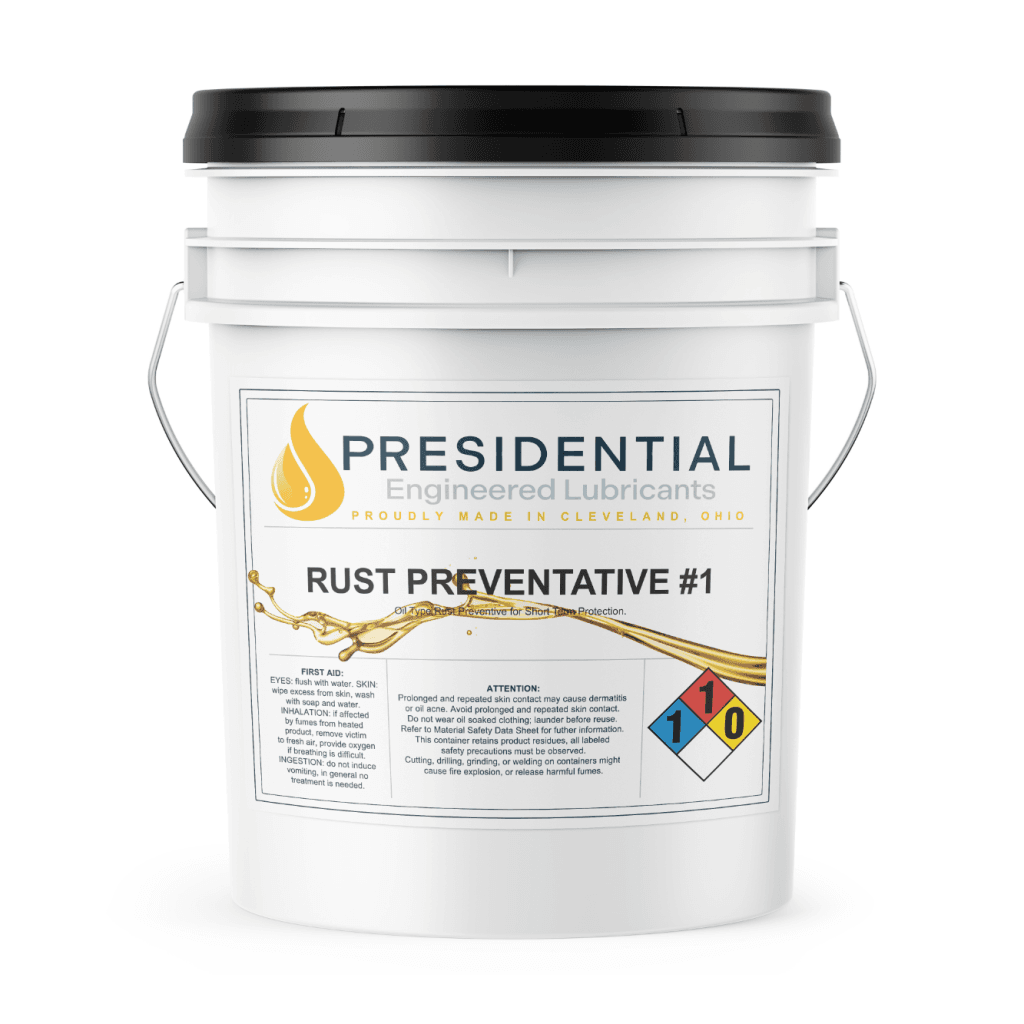
One of the product’s key advantages is its easy removability, it cleans off effortlessly with standard solvents or degreasers, making it easy to integrate into industrial workflows without adding unnecessary cleanup steps or delays.
Packaged in a rugged 5-gallon pail with a tight-sealing lid, carry handle, and pour spout, this rust preventative is designed for portability and convenience across shop floors, warehouses, and production lines.
Manufactured in Cleveland, Ohio, you can count on American-made reliability and consistent quality, backed by a brand that understands the needs of industrial professionals.
Common MistakeS to Avoid When Choosing a Rust Preventative
Even seasoned professionals can run into issues when selecting the wrong rust preventative for the job. Avoiding these common missteps can save time, reduce rework, and ensure your parts stay in top condition from production to delivery.
- Using Greases or Lubricants Instead of Proper Rust Oils: It’s a common misconception that any oily product will prevent rust. While greases and lubricants may provide short-term moisture resistance, they aren’t engineered for corrosion control. Rust preventative oils are specifically formulated with chemical inhibitors that neutralize oxidation, something standard lubricants simply can’t match.
- Applying Too Thick or Too Thin a Film: More isn’t always better. A film that’s too thick can attract dust and complicate removal, while a film that’s too thin may not provide adequate protection, especially in high-humidity or acidic environments. Always follow manufacturer guidelines for application to ensure optimal coverage and performance.
- Choosing Permanent Coatings When Temporary Ones Are More Efficient: Permanent rust coatings can be effective, but they come with added labor for removal and may interfere with downstream processes like painting, welding, or machining. In many cases, a temporary, removable rust preventative oil, like Presidential Rust Preventative #1, offers all the protection you need without the cleanup headaches.
- Overlooking Ease of Removal: If parts need to be processed, finished, or inspected after storage or shipping, ease of removal becomes critical. Using a rust preventative that requires aggressive cleaning or scraping can slow down operations and risk damaging precision surfaces. Choosing a solvent-removable oil streamlines rework and keeps your production moving.
References/Sources
- 1. U.S. Department of Energy Office of Fossil Energy and Carbon Management, https://www.energy.gov/fecm/articles/netl-technology-safer-cleaner-corrosion-protecting-metal-coatings-licensed-pittsburgh
- 2. GlobalSpec, https://insights.globalspec.com/article/2340/annual-global-cost-of-corrosion-2-5-trillion
- 3. A&A Coatings, https://www.thermalspray.com/what-are-the-dangers-of-corrosion/

